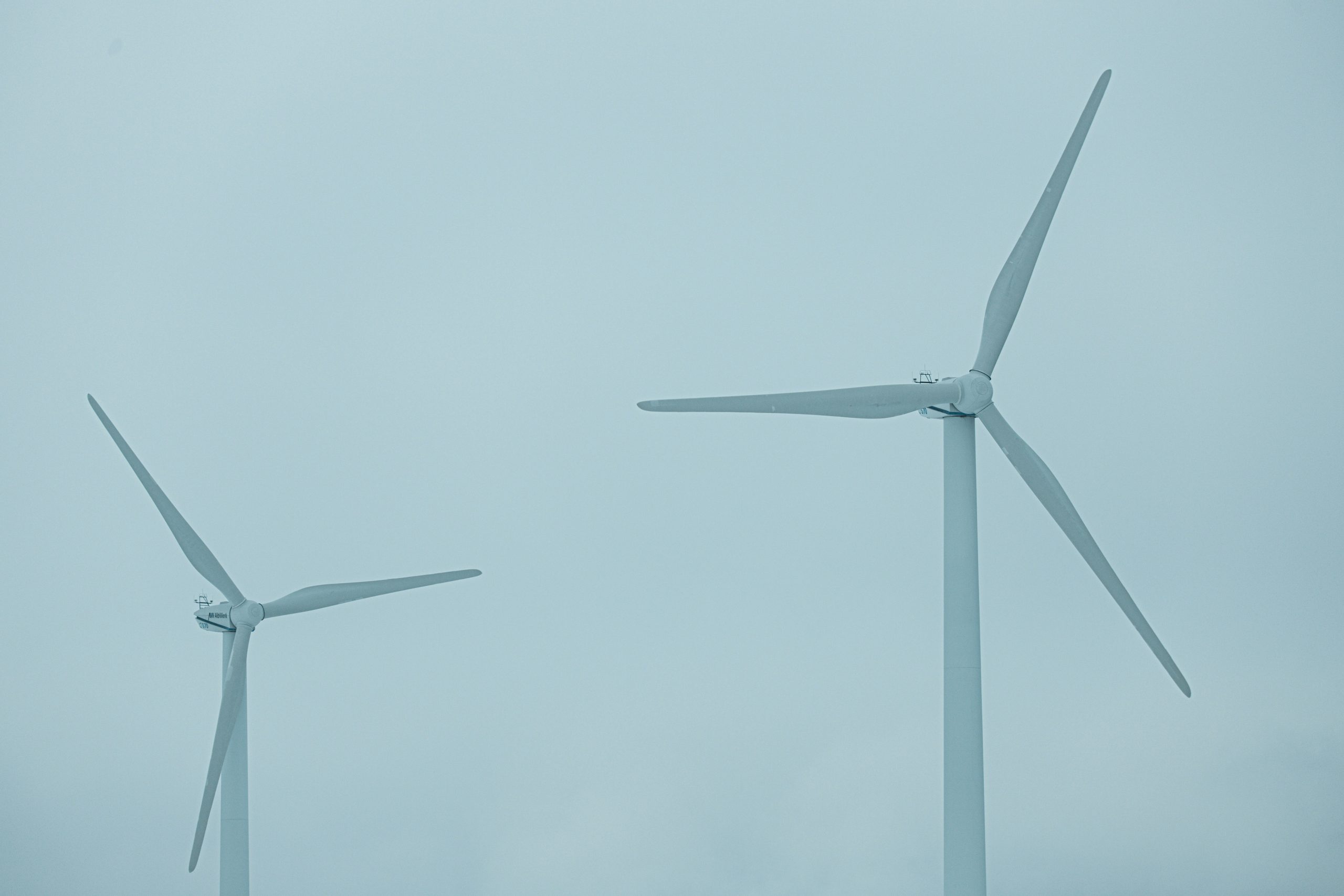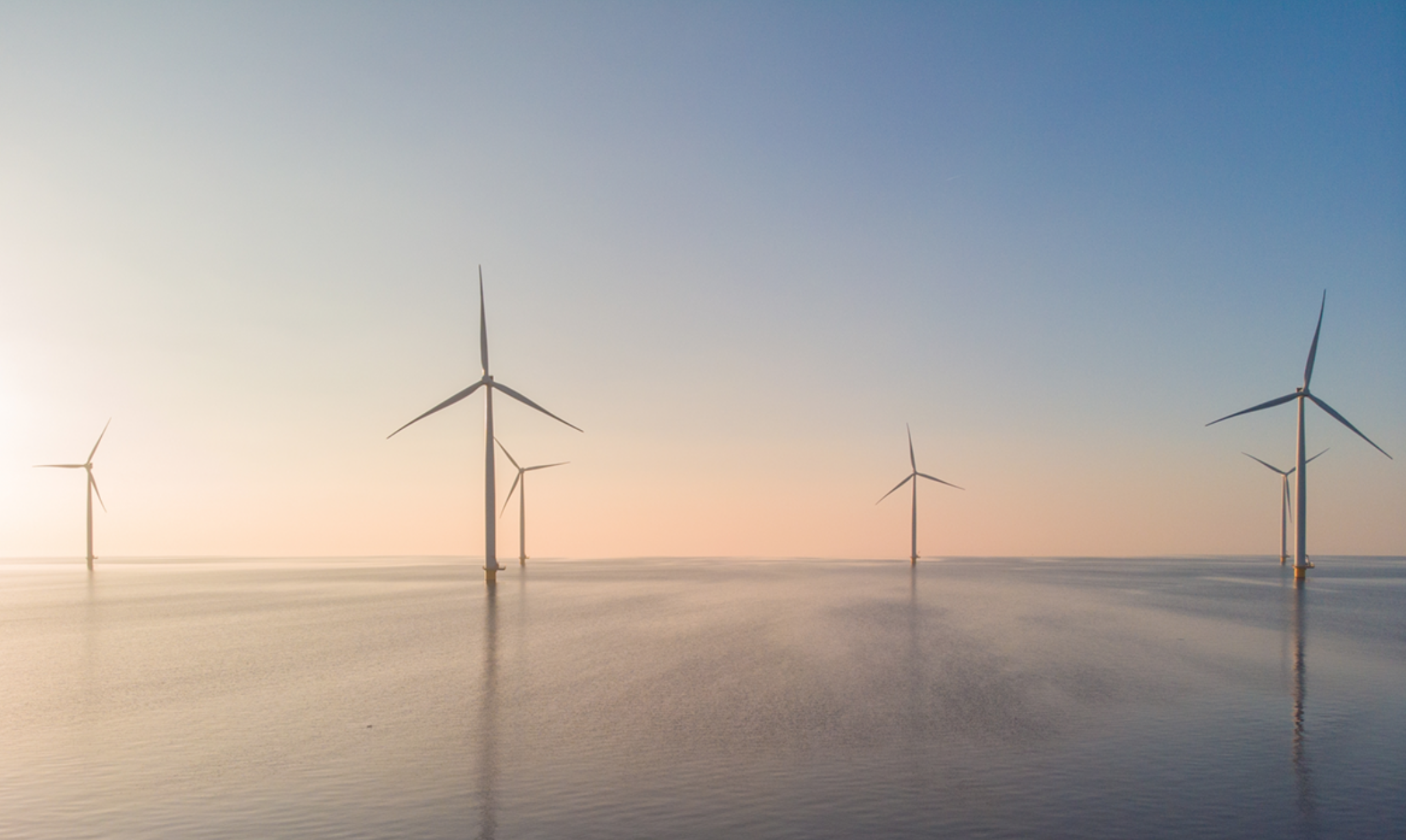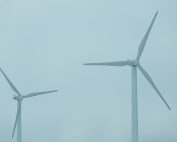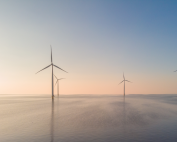Yesterday, a pivotal webinar titled “On the road to Net Zero Industry – key technologies for offshore wind” took place, shedding light on the intricate landscape of Europe’s offshore wind sector. This event was organised by BalticWind.EU in collaboration with Sensoria, bringing together industry luminaries to explore the myriad of challenges and innovative solutions shaping the future of the offshore wind energy sector in the European Union.
The event referred to current EU legislative proposals to strengthen the wind industry. Most notably the Net-Zero Industry Act (NZIA) initiative. It should strengthen the European manufacturing capacity of net-zero technologies and overcome barriers to scaling up the manufacturing capacity in Europe. Proposed measures should increase the competitiveness of the net-zero technology industrial base and improve the EU’s energy resilience. It should encompass products, components and equipment necessary for manufacturing net-zero technologies including onshore and offshore renewable technologies.
Pablo Riesgo Abeledo, from the European Commission’s Directorate General for Energy (DG ENER), delved into intricate dynamics of the ambitious Net Zero Industry Act. This legislation’s cornerstone is to bolster the manufacturing of net-zero technologies within the EU’s boundaries, aiming at enhancing the bloc’s energy resilience.
Pablo Riesgo Abeledo emphasised: “The act provides a regulatory framework that simplifies and speeds up the permitting process. This was really seen as something that would prove extremely useful for industry. But that’s not the only action that is put forward in the act. The proposed act will also improve net zero technologies and access to markets. Also, a range of tools are being promoted, such as one stop shops or net zero strategic projects”.
Ivan Pineda, the Director of Innovation at WindEurope, portrayed a concerning scenario for Europe’s wind industry. While the region holds vast potential, it grapples with financial challenges that could curb its growth.
Offering a profound insight, Pineda stressed: “The supply chain is too small to meet the big ambitions. If you add our poor financial health and the fact that we need to have at least 36GW of manufacturing capacity in Europe, according to the Net-zero Industry Act proposed by the European Commission, it makes the task incredibly difficult. Companies have to invest at a time where they are actually losing money and that does not sit well with investors, because they do not see the prospects of those investments being recovered”. He further highlighted: “The supply chain struggles due to low auction bid prices”.
Underscoring the importance of robust electrical grids for offshore wind energy’s proliferation, Pineda called for faster permitting processes to stimulate the sector.
Anu Eslas, representing Ignitis Renewables, brought attention to the essentiality of long-term planning that extends beyond the 2030 targets.
Observing ambitious plans of various Baltic Sea nations, Eslas noted a gap in their effective implementation.
In her words: “We need to adopt innovative methodologies for realising these long-term objectives”. She further stressed on regional collaborations, especially concerning grid development and mitigating supply chain challenges.
Valery Godinez Azcuaga, Director at the Sensoria Centre for Excellence, navigated the conversation towards potential technological innovations, pivotal for offshore wind turbines. “If we want to reach those goals for net zero, what we need to do is keep the wind turbines running in the most efficient way possible”.
He pinpointed the untapped potential of embedding sensors in components, like on wind turbine’s blades. Valery Godinez Azcuaga elucidated: “It’s not just about having sensors; it’s about translating that data into actionable strategies. Technologically, the challenge is what to do with all the data that is generated by the wind turbines themselves and how to feed that into realistic models that can keep those turbines running, avoid as many failures as possible and have the information ready to plan operation and maintenance. This is the key”. He asserted the need to harness valuable insights from these sensors to drive efficiency.
To summarise, the webinar underlined that Europe’s green transition is not just about policies and tech advancements; it’s an intricate dance of collaboration, innovation, and foresight. For those interested in a more comprehensive dive into the discussions, the full webinar is available to watch on our YouTube channel. Stay tuned, as Baltic Wind will soon extend invitations for their upcoming webinars, putting more enlightening discussions on the horizon.
Source: BalticWind.EU















